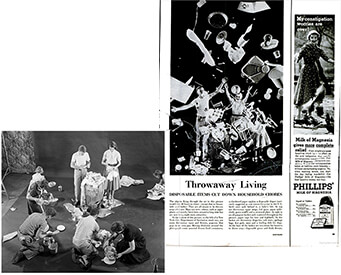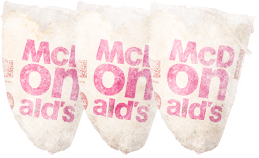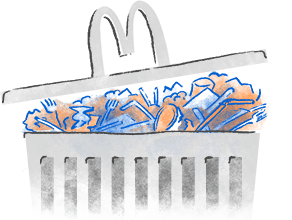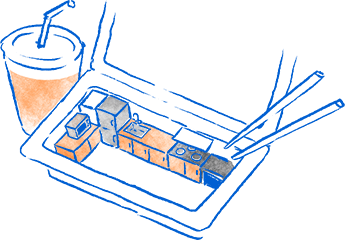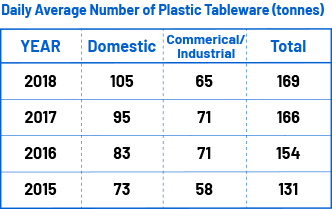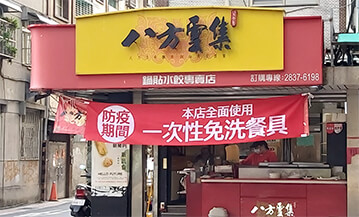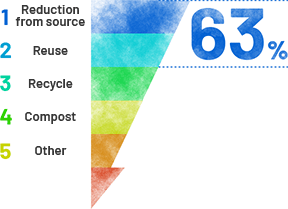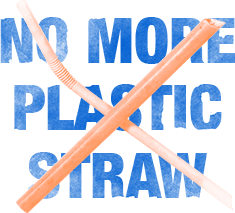CHAPTER 7.1
Classic Moment of Throwaway Living
In August 1955, on the 34th page of the American magazine “LIFE”, a photo as such was published: a family of 3 altogether threw different types of disposable household products high in the air, with face of liberation on them. The beginning of the passage writes: “The objects flying through the air in this picture would take 40 hours to clean----- except that no housewife need bother. They are all meant to be thrown away after use.”
The article was named “Throwaway Living” has become famous afterwards. Because the article seems to be declaring: A throwaway society has officially started.
Looking back, it is indeed a fierce photo.
